How to Troubleshoot Mac Freezes – Several Useful Tricks
- Mar 26, 2021
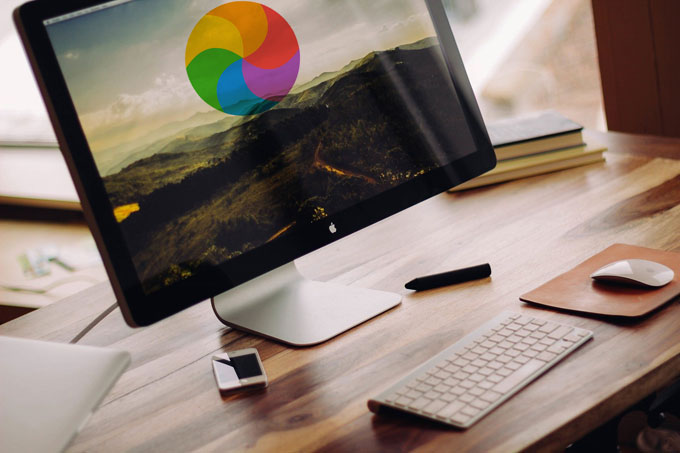
It is a commonly happened thing we sometimes come cross Mac freezes or crashes, whatever the system is, macOS Catalina, macOS Big Sur, or the M1-powered Macs. However, every time we look at the freezing issue on our Macs, it is no wonder that the feelings is unbelievably vain. Even if the stability of the macOS system, it will inevitably appear the problem of freezes after a long time using. So, today we will get methods regarding how to minimize the Mac crashes and freezes issues.
Why does my Mac freeze?
Because the app is running, the resources are too high to handle the related process, so the rainbow ball that you don’t want to see appears on the screen. The problem can be categorized as two aspects, one is software, and the other is hardware that is outdated or aging. As to how to troubleshoot the issue, refer to the methods from the next part.
Tricks to Stop Your Mac from Freezing
System Activity Monitor
If you are familiar with Windows Explorer, you must know that you can take advantage of Windows Explorer to troubleshoot when you encounter a computer freeze, close those crashed process. On the Mac, there’s a similar feature. Go to System Tools or search in Spotlight and find the System Activity Monitor. You’ll see the current running process and its associated system resource usage. There are five views, including CPU, memory, power consumption, disk, and network. If any abnormal app is found, double-click the related app directly in the Activity Monitor and click X icon to force quit the related process. Refer to:
1. Click Finder > open Applications folder > open Utilities > open Activity Monitor.
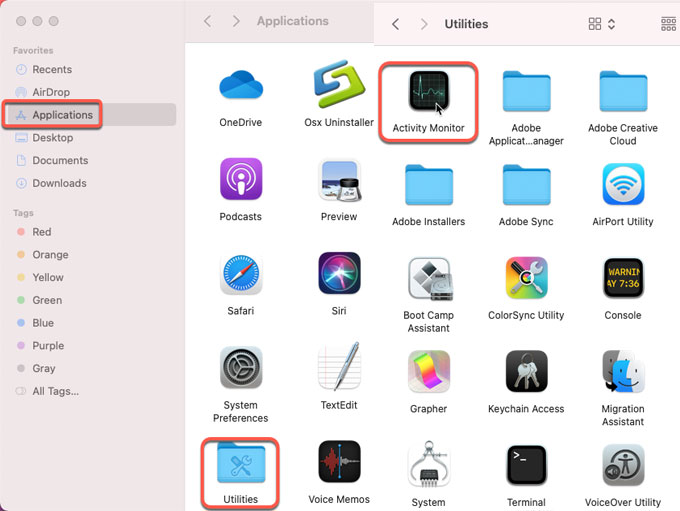
2. In the Activity Monitor window > select the app that is frozen, we take Snagit for example> click X icon > click Force Quit.
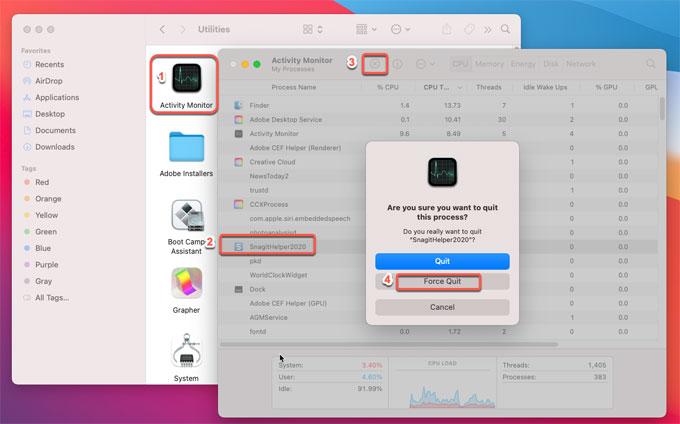
Simplify login items on your Mac
If the Mac has too many boot items, it will also slow down your Mac. You can simplify your login items through Preferences…
1. Click Apple menu > select System Preferences… > select Users & Groups.
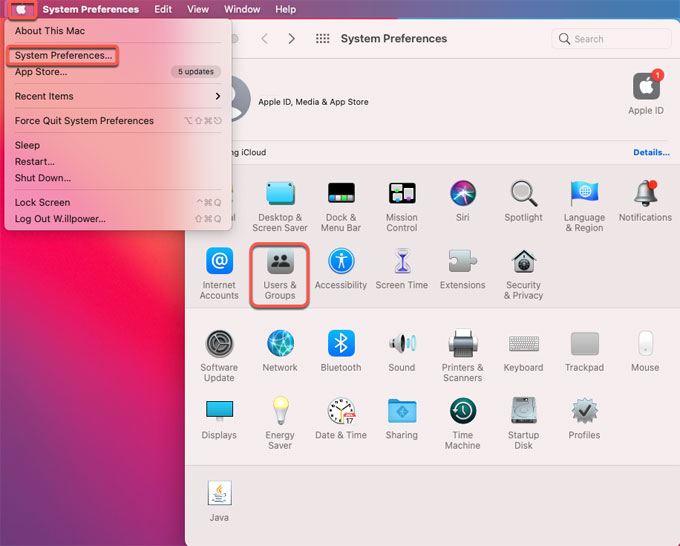
2. Click on your username on the left page > click Login Items > check the login items you don’t need, and select “–“. To hide an app when you log in, select the checkbox in the hide column next to the app.
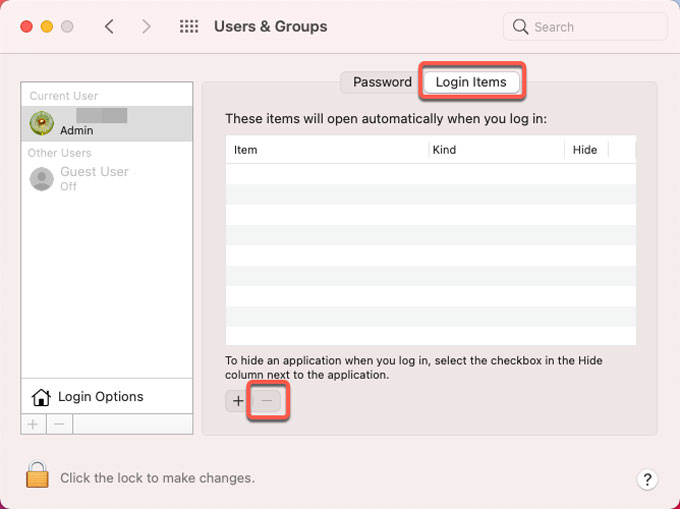
Reduce the visual effects of the system
Visual effects are good, but the cool visual effects will consume system resources, resulting in window switching is not smooth, the program running stalled. In this case, you can turn off system effects to speed up your Mac.
1. Click Apple menu > click System Preferences… > click Dock & Menu Bar.

2. Uncheck the following Settings:

- Automatically hide and show the Dock
- Switch Genie effect to Scale effect
Clean Cache
1. Click Finder > click Go > click Computer.

2. Open Macintosh HD (It is the default name for the hard drive, choose your specific name of your hard drive if you ever renamed it) > open Library folder.

3. You will find a folder named Caches in it. Move to Trash the file in the Cache folder and empty the Trash. This will probably restore fluidity to your Mac.
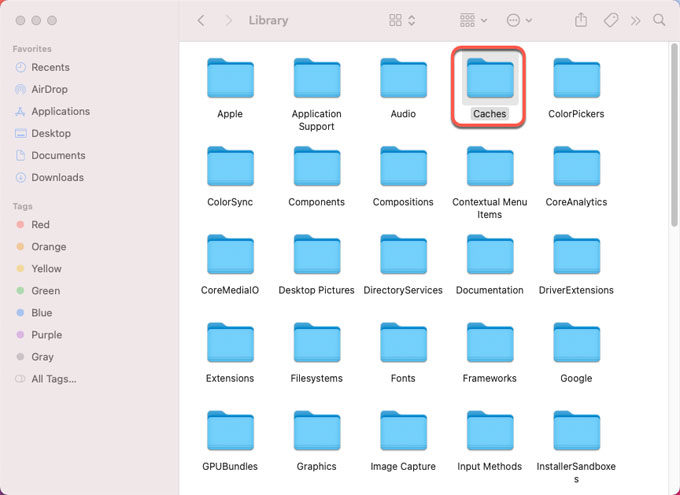
Regarding how to clear more caches from your web browser, click here.
Popular Posts
- What Kind of Programs do You Think are Necessary in Windows 10?
- What’s SpyHunter and How to Fix the File Being Quarantined
- How to Forcibly Remove a Program That Won’t Uninstall in Windows
- 3 Tips to Remove a Program that Won’t Uninstall
- How To Uninstall Applications On Windows 10 – Program Removal Guides
- Tutorial: How to Remove & Uninstall Programs / Applications on Windows 7